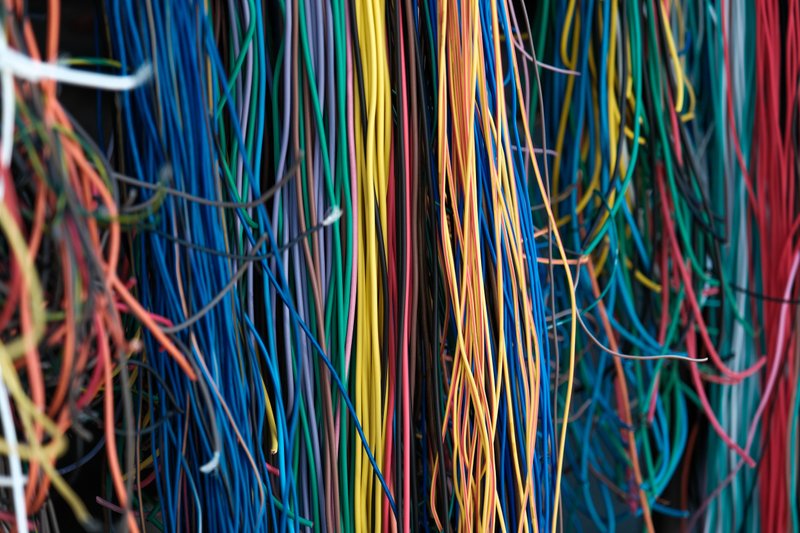How to Select Power Cables with Fire Safety in Mind

New structures become more complex as new materials and designs are used, with many requiring complex electrical systems to maintain security and fire safety. Complex addressable loop fire alarm systems offer information on individual detectors in new and rebuilt structures such as hospitals, schools, shopping malls, and airports. The information provided by traditional systems is limited to specific circuits or zones. Identifying the exact location of a fire or a fault A fire control panel is included in the addressable systems, which receives information and status reports from each device, indicating its specific location and whether there is a fire, a problem, heat, or contamination. There can be no higher priority than safety for vital alarm circuits in buildings with huge numbers of people moving around - many of whom are vulnerable. As a result, the cabling chosen for these systems is crucial. If the power to these alarm systems fails due to c
